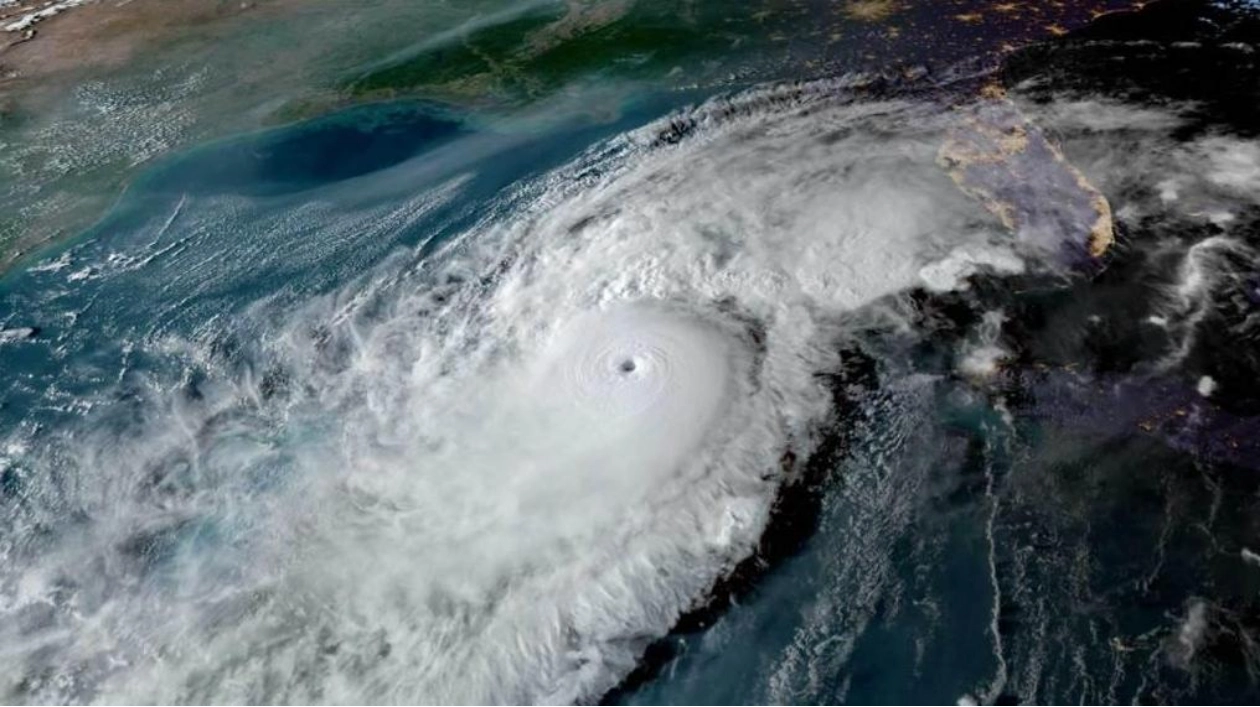It seems that hurricanes are becoming even more powerful due to human-induced climate change. Researchers have found that climate change is increasing the intensity of Atlantic hurricanes by an entire category on the Saffir-Simpson Hurricane Wind Scale, which measures hurricanes based on their peak sustained wind speed. This conclusion was reached in two new studies published on November 20.
From 2019 to 2023, climate change has boosted the maximum wind speeds of hurricanes by an average of about 30 kilometers per hour (19 miles per hour), equivalent to the difference between categories on the Saffir-Simpson scale, according to a study in Environmental Research: Climate. Similarly, climate change increased the intensities of all hurricanes in 2024 by an average of about 29 kph (18 mph), heightening the risk of wind damage, as revealed by a separate analysis from Climate Central.
As climate change warms the equator, the atmosphere seeks to redistribute this heat to other regions, explains Daniel Gilford, a climate scientist at Climate Central based in Orlando, Fla. “Hurricanes are the mechanism through which our atmosphere achieves this redistribution.” Gilford and his team created a new framework to quickly assess climate change's impact on recent storm wind speeds. Using historical sea surface temperature data spanning over a century and climate simulations, they recreated the modern North Atlantic Ocean without climate change. They then calculated the wind speeds of recent hurricanes under these cooler conditions and compared them to actual observed speeds.
Out of 38 hurricanes from 2019 to 2023, 30 were found to have reached intensities one category higher due to climate change. Notably, three hurricanes—Lorenzo in 2019, Ian in 2022, and Lee in 2023—grew into Category 5 storms. In 2024, climate change increased the maximum intensities of every hurricane by 14 to 43 kph (9 to 28 mph). For instance, hurricanes Helene and Milton saw their top wind speeds enhanced by approximately 25 kph (16 mph) and 40 kph (23 mph), respectively, pushing them from Category 4 to Category 5.
Hurricane Rafael experienced a significant boost of 45 kph (28 mph), escalating from Category 1 to Category 3 as it approached Cuba in November. “Climate change is now enabling very intense storms to persist later into the season,” Gilford notes.
Source link: https://www.sciencenews.org






